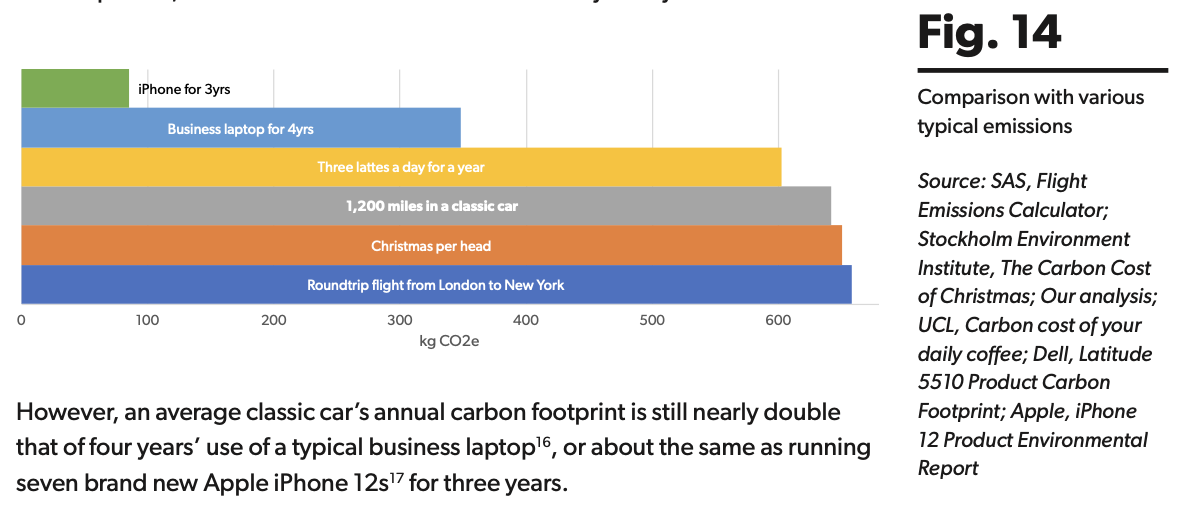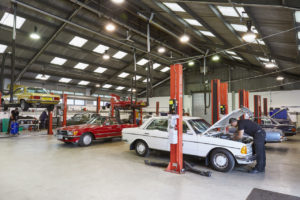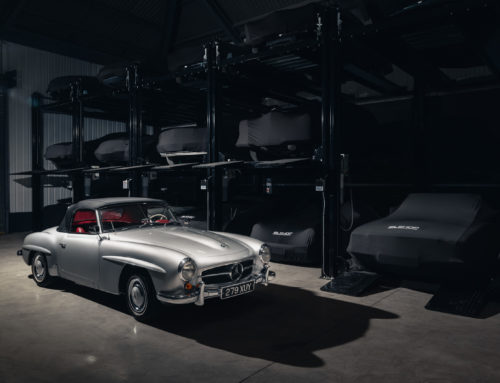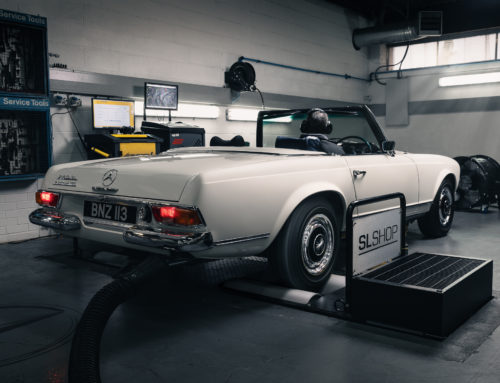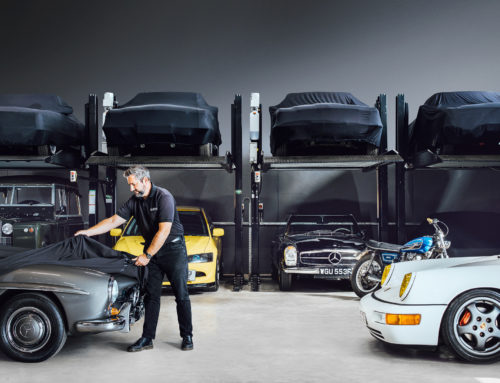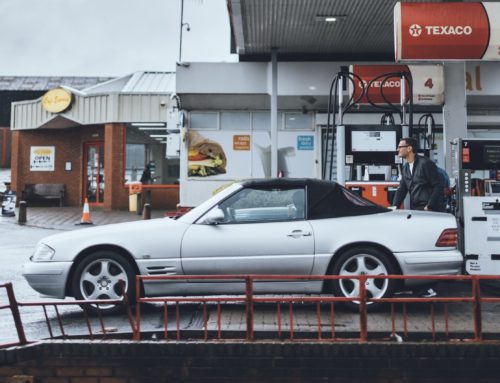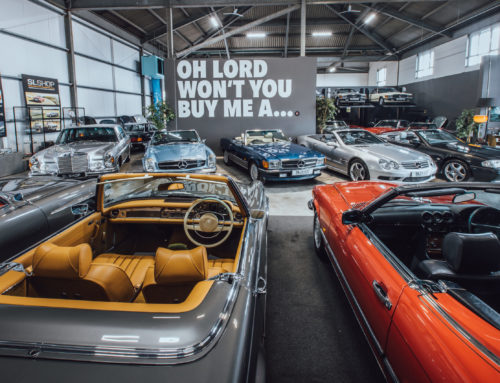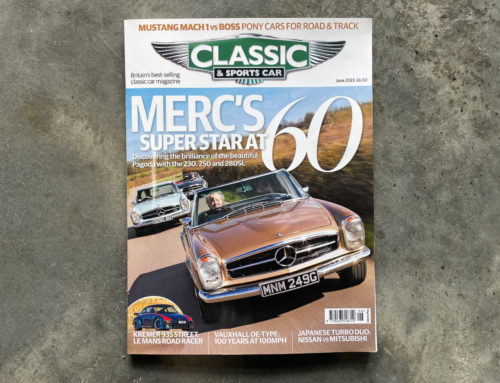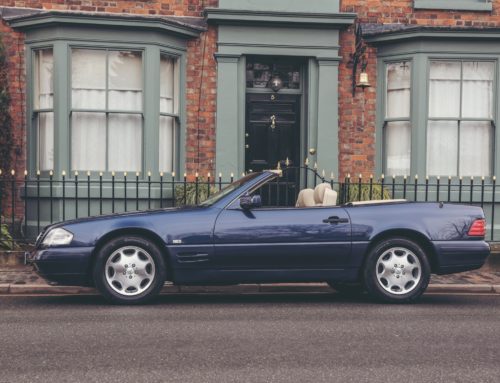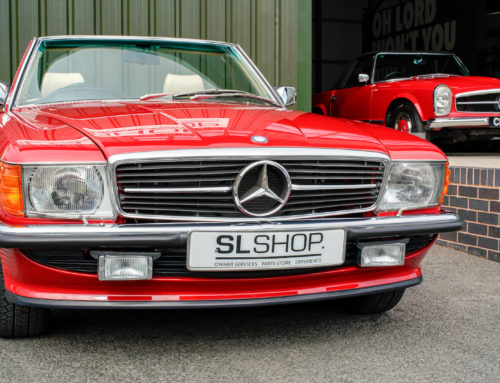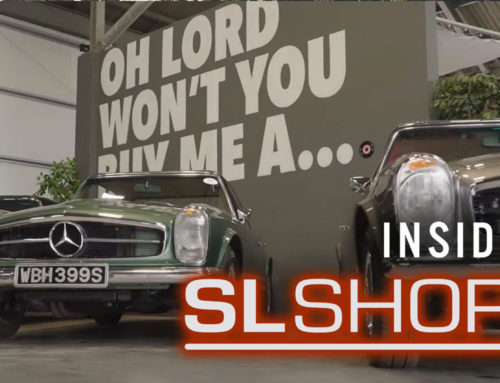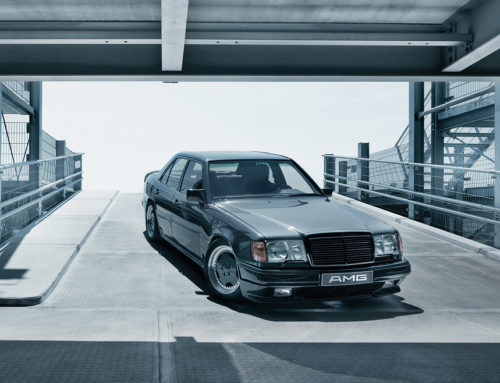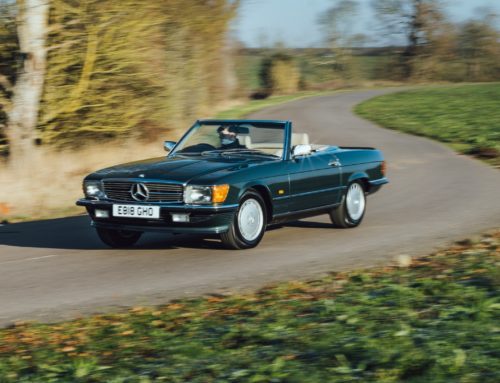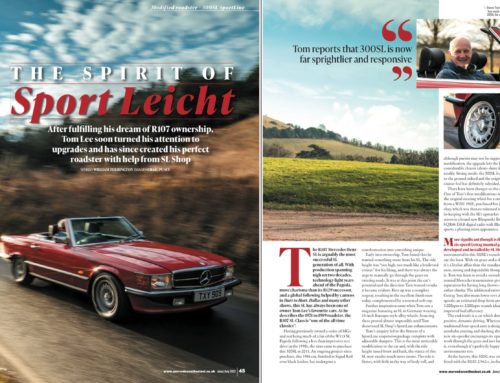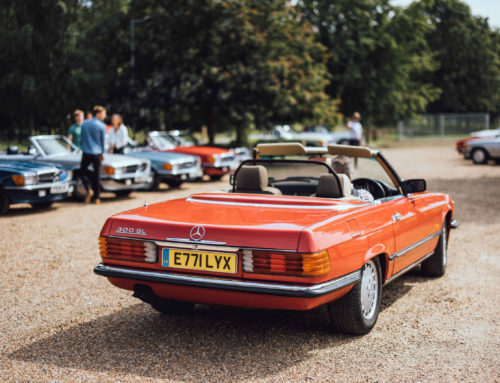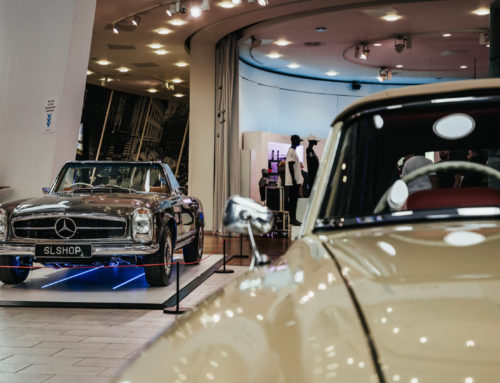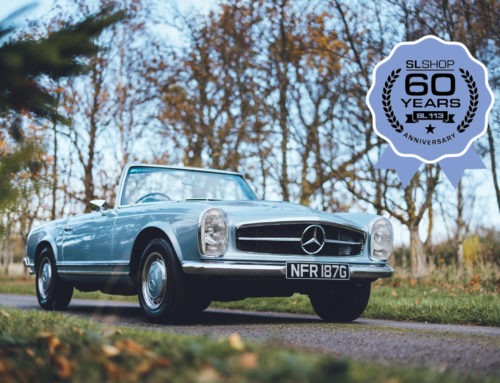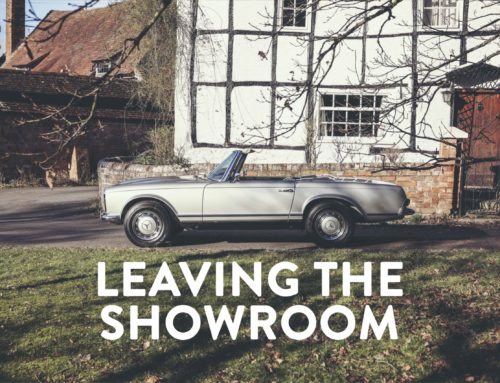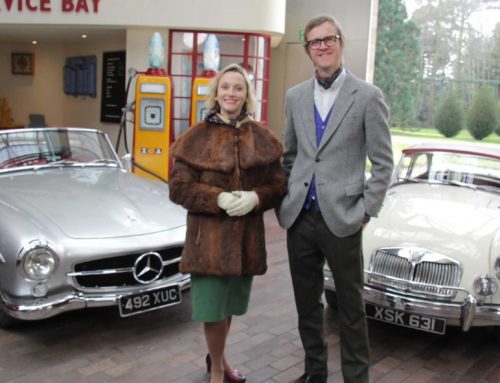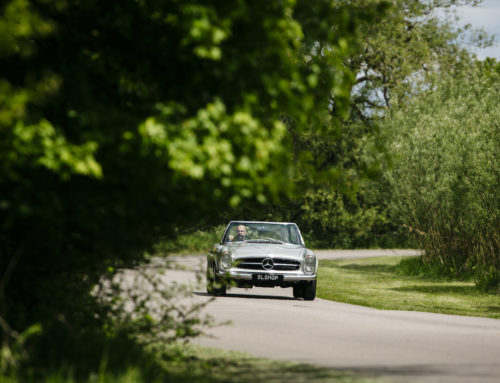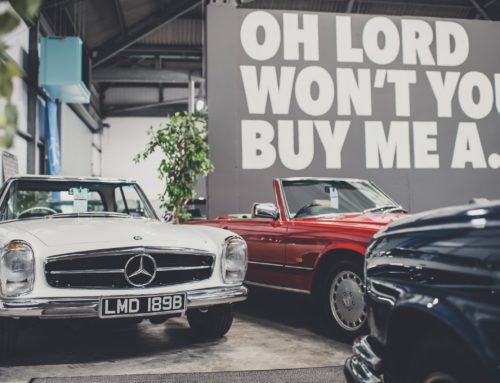The sound, smell, mechanical complexity, and the nostalgic shapes and lines are just a few things that ignite our love of classic cars. But for years now, it seems that these vehicles, their owners and the businesses that support them have been under threat.
Under threat by tightening red tape in Westminster and the global pressures of climate change. Despite the strength of the classic car market and the contribution the industry makes to the economy, there is often an absent or silent form of support from government bodies. This approach means that regulation changes end up unintentionally impacting the industry, while simultaneously creating an expanding negative atmosphere towards classic vehicles – perhaps why we have seen more electric conversions emerging. As the climate pressures grow, more people will look to an easy scapegoat and classic cars will not emerge unscathed.
BUT research released this week provides the evidence and data the industry needs to demonstrate that regardless of classic vehicle tail-pipe emissions, there is not enough Co2 produced by classic vehicles to warrant criticism.
REASSURING RESEARCH
Bicester-based Loop Agency this week released a comprehensive research report detailing the average emissions produced by classic cars in the UK. The research utilises the DVLA definition of a classic car as one that was ‘built or first registered more than 40 years ago that has had no substantial changes in the last 30 years.’ They also include vehicles produced before 1992 in the data – a category they call ‘Young Timers’.
Their research is extremely comprehensive, utilising complex equations to calculate the CO2 produced by 1 litre of petrol. Combining this with the estimated MPG of classic vehicles to determine the emissions in kg and tonnes of a classic car.
WHAT DOES THE RESEARCH SHOW?
- As of May 2022, there were 412,568 cars registered on the UK’s roads and an additional 461,515 declared SORN
- On average, a classic car is driven just 1,200 miles per year versus 7,200 by modern vehicles
- Mercedes-Benz makes up just 14,216 of the licensed cars on the road
- The most common Mercedes is a 200 (123) with 5,167 licensed on the road
THE HEADLINE FIGURES:
The average annual CO2e emitted by each classic car in the UK in kilograms is 641.6kg
The total annual CO2e emissions of all classic cars in tonnes is 264,707t
THIS EQUATES TO:
0.22% of all transport emissions.
THIS IS COMPARABLE TO:
- A roundtrip flight from London to New York
- Three lattes a day for one year
- A typical three-day Christmas
HOW ACCURATE IS THE DATA?
Loop Agency advises that ‘’without attaching a Portable Emissions Measurement System device to every single vehicle and recording their emissions over the course of a year, it’s impossible to be 100% accurate.’’
Despite this, many of the measures used in the research have come from governing bodies such as the Intergovernmental Panel on Climate Change (IPCC) which is part of the United Nations. The research has utilised data that is already in circulation and used to evidence the issues with ICE (internal combustion engines) vehicles.
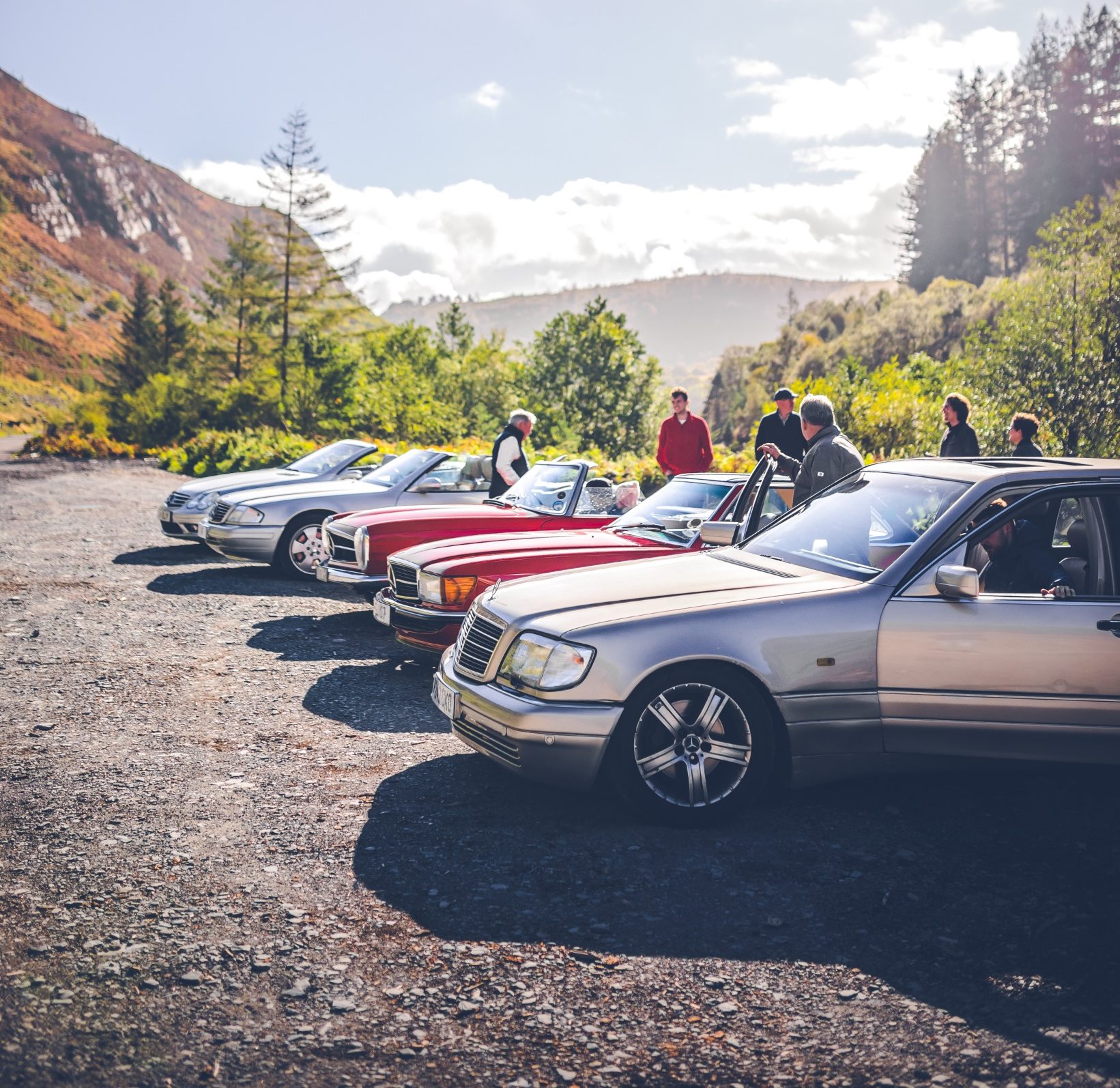
CARING & CHANGING:
In 2020, the classic car industry contributed the same amount of money to the economy as did all the UK’s ports and the entire Arts and Creative industries. Its importance to the fabric of society and our culture cannot be calculated.
Where the environment is concerned, classic cars make such a minute difference to emissions and the impact to produce them has been offset by the fact they are still on the road today. Those who choose to use their classic vehicle as a means of regular transport put less dependence on the production of new forms of transport i.e electric cars that release 30-40% more emissions when produced compared to combustion vehicles.
CONCLUSION:
Should we be worried about the transition away from fossil fuels?
The research presented here coupled with the contribution the industry makes to the economy will only reinforce the need to allow classic vehicles to roam the roads. While dependence on Petrol and Diesel will reduce significantly, we can only hope that its availability won’t be rationed for classic car owners.
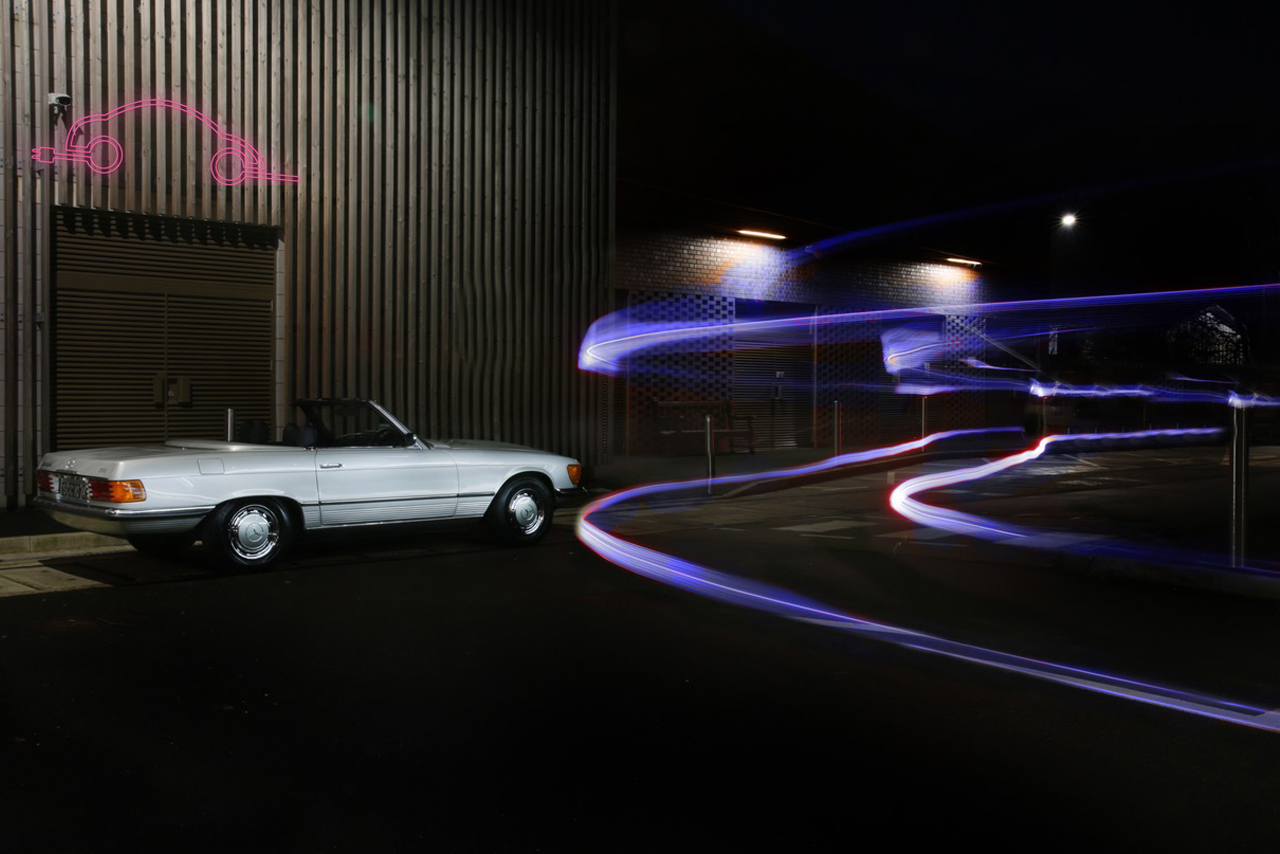
Should you electrify your classic?
It would appear unnecessary given how little impact of classic vehicle emissions. But as with our own electric R107, a vehicle that is going to be scrapped could benefit from electrification. However, we don’t see it necessary to strip a well-functioning mechanical engine in favour of battery power.
In the words of Sir Greg Knight, electrifying classics ‘’destroys their heart and soul.’’
To conclude this discussion, enjoy your classic Mercedes, Drive More, Do More and See More.
Share With Your Fellow Enthusiasts
The sound, smell, mechanical complexity, and the nostalgic shapes and lines are just a few things that ignite our love of classic cars. But for years now, it seems that these vehicles, their owners and the businesses that support them have been under threat.
Under threat by tightening red tape in Westminster and the global pressures of climate change. Despite the strength of the classic car market and the contribution the industry makes to the economy, there is often an absent or silent form of support from government bodies. This approach means that regulation changes end up unintentionally impacting the industry, while simultaneously creating an expanding negative atmosphere towards classic vehicles – perhaps why we have seen more electric conversions emerging. As the climate pressures grow, more people will look to an easy scapegoat and classic cars will not emerge unscathed.
BUT research released this week provides the evidence and data the industry needs to demonstrate that regardless of classic vehicle tail-pipe emissions, there is not enough Co2 produced by classic vehicles to warrant criticism.
REASSURING RESEARCH
Bicester-based Loop Agency this week released a comprehensive research report detailing the average emissions produced by classic cars in the UK. The research utilises the DVLA definition of a classic car as one that was ‘built or first registered more than 40 years ago that has had no substantial changes in the last 30 years.’ They also include vehicles produced before 1992 in the data – a category they call ‘Young Timers’.
Their research is extremely comprehensive, utilising complex equations to calculate the CO2 produced by 1 litre of petrol. Combining this with the estimated MPG of classic vehicles to determine the emissions in kg and tonnes of a classic car.
WHAT DOES THE RESEARCH SHOW?
- As of May 2022, there were 412,568 cars registered on the UK’s roads and an additional 461,515 declared SORN
- On average, a classic car is driven just 1,200 miles per year versus 7,200 by modern vehicles
- Mercedes-Benz makes up just 14,216 of the licensed cars on the road
- The most common Mercedes is a 200 (123) with 5,167 licensed on the road
THE HEADLINE FIGURES:
The average annual CO2e emitted by each classic car in the UK in kilograms is 641.6kg
The total annual CO2e emissions of all classic cars in tonnes is 264,707t
THIS EQUATES TO:
0.22% of all transport emissions.
THIS IS COMPARABLE TO:
- A roundtrip flight from London to New York
- Three lattes a day for one year
- A typical three-day Christmas
HOW ACCURATE IS THE DATA?
Loop Agency advises that ‘’without attaching a Portable Emissions Measurement System device to every single vehicle and recording their emissions over the course of a year, it’s impossible to be 100% accurate.’’
Despite this, many of the measures used in the research have come from governing bodies such as the Intergovernmental Panel on Climate Change (IPCC) which is part of the United Nations. The research has utilised data that is already in circulation and used to evidence the issues with ICE (internal combustion engines) vehicles.

CARING & CHANGING:
In 2020, the classic car industry contributed the same amount of money to the economy as did all the UK’s ports and the entire Arts and Creative industries. Its importance to the fabric of society and our culture cannot be calculated.
Where the environment is concerned, classic cars make such a minute difference to emissions and the impact to produce them has been offset by the fact they are still on the road today. Those who choose to use their classic vehicle as a means of regular transport put less dependence on the production of new forms of transport i.e electric cars that release 30-40% more emissions when produced compared to combustion vehicles.
CONCLUSION:
Should we be worried about the transition away from fossil fuels?
The research presented here coupled with the contribution the industry makes to the economy will only reinforce the need to allow classic vehicles to roam the roads. While dependence on Petrol and Diesel will reduce significantly, we can only hope that its availability won’t be rationed for classic car owners.

Should you electrify your classic?
It would appear unnecessary given how little impact of classic vehicle emissions. But as with our own electric R107, a vehicle that is going to be scrapped could benefit from electrification. However, we don’t see it necessary to strip a well-functioning mechanical engine in favour of battery power.
In the words of Sir Greg Knight, electrifying classics ‘’destroys their heart and soul.’’
To conclude this discussion, enjoy your classic Mercedes, Drive More, Do More and See More.
Share With Your Fellow Enthusiasts
More from Journal
CARE
THE ULTIMATE CERTIFIED SERVICING INVESTMENT PLAN
Your ownership journey matters to us, which is why we have created a simple certified servicing investment plan, tailored to your individual needs and aspirations.
Start investing today and our dedicated CARE team will work with you to increase the value and enjoyment you receive from your vehicle.

STAY IN TUNE WITH SLSHOP MOMENTS
As part of SLSHOP’s community of enthusiasts, you’ll be the first to hear about events and tours, key product offers, exciting stories from owners around the world and of course… our latest additions to the showroom. So, be the first to know and you might just sneak a car on your driveway or take your car’s condition to new heights with our exclusive replacement parts.
Or, visit SLSHOP Journal


